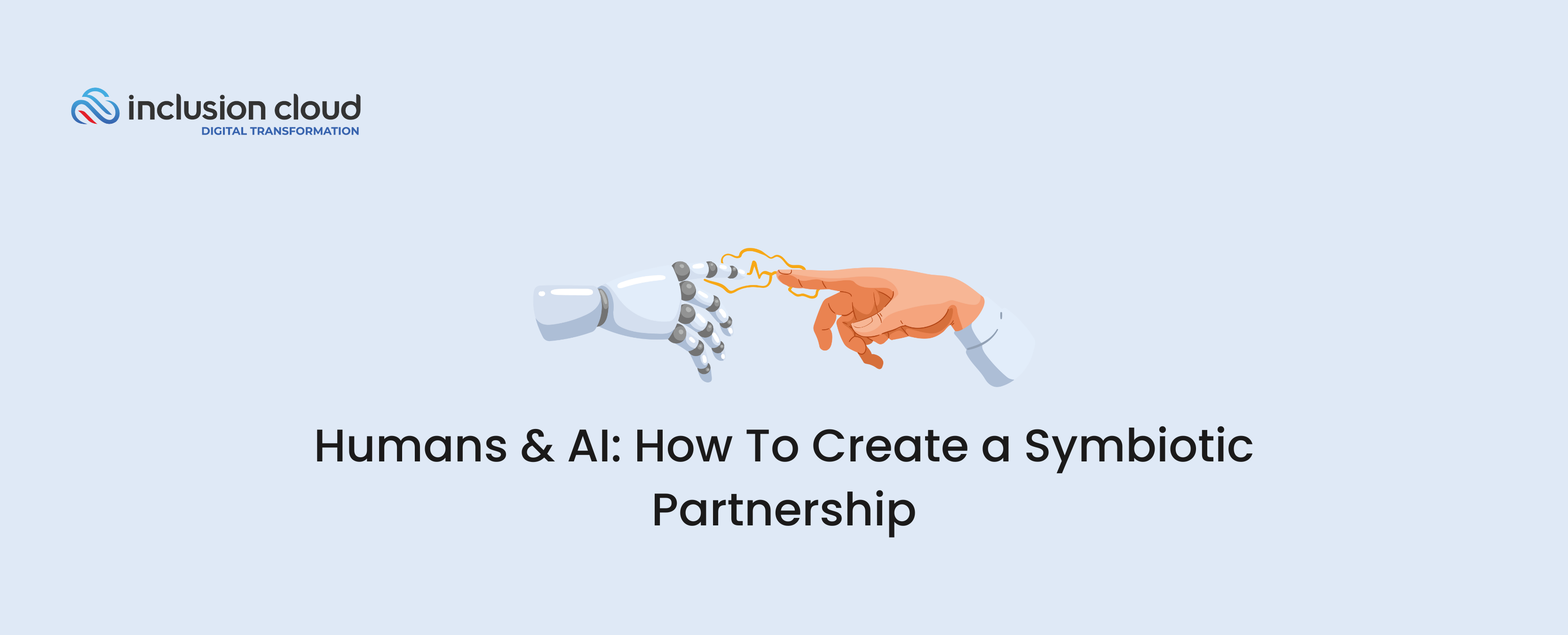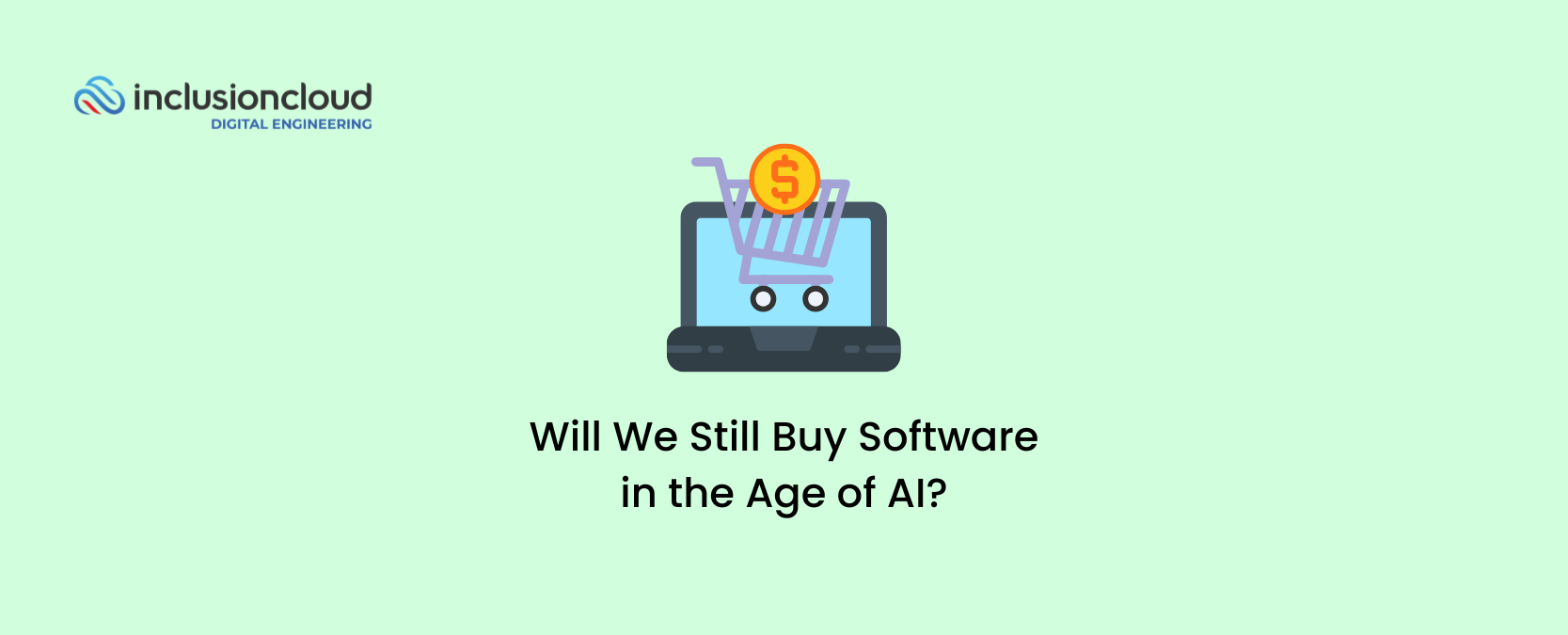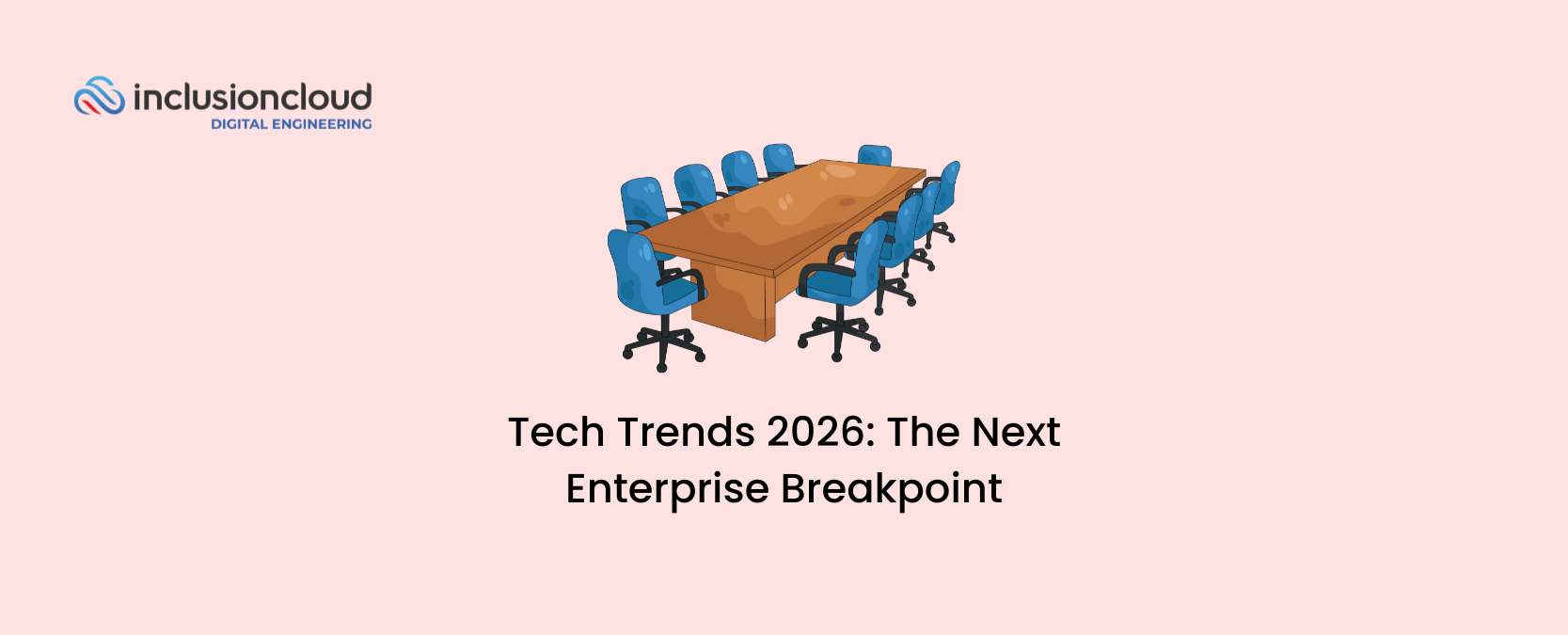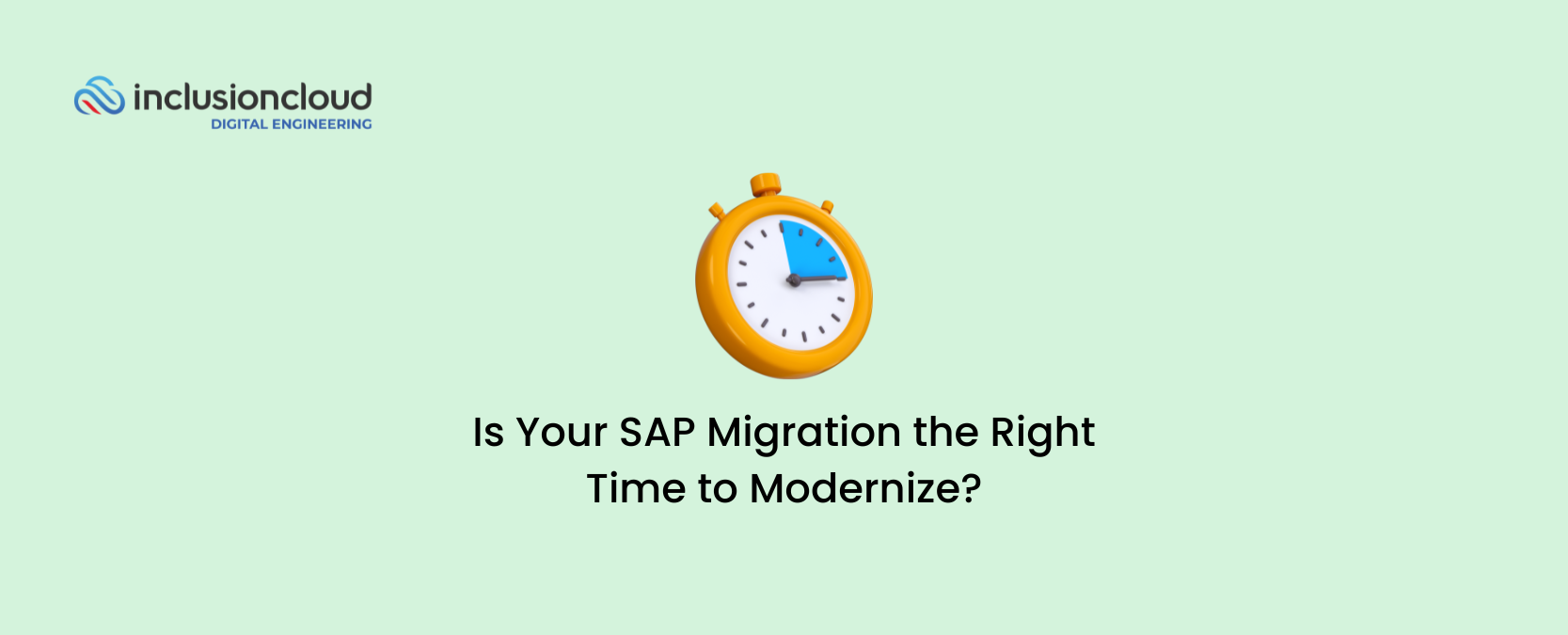From automating tasks to identifying complex patterns in data, AI’s capabilities are undeniable. However, this rise has also fueled concerns about AI replacing human workers entirely, leading to job displacement and a future workforce dominated by machines.
AI as an Augmentation Tool
While AI’s automation abilities are impressive, it’s crucial to shift the narrative. AI isn’t destined to replace human workers in the tech industry; instead, it has the potential to become a powerful augmentation tool. By leveraging AI’s strengths in areas like data analysis and repetitive tasks, we can empower the tech workforce to focus on what they do best: creativity, problem-solving, and strategic thinking. This human-AI partnership will be the key to unlocking the true potential of AI in the tech industry, fostering innovation, and driving progress.
How AI Can Empower Tech Workers
The repetitive, time-consuming tasks that often plague tech workers are ripe for AI augmentation. Machine learning algorithms can be trained to handle a multitude of these tasks, freeing up valuable human time and brainpower for more strategic and creative endeavors.
Here are some specific examples of how AI is empowering tech workers in real-world scenarios:
Automating Software Testing
In the fast-paced world of software development, testing is critical for ensuring application stability and functionality. However, manual testing of every possible user interaction can be incredibly laborious and time-consuming. AI-powered testing tools can be trained on large sets of test data to automate various testing procedures, including regression testing, user interface testing, and performance testing. These tools can systematically execute tests across different platforms and scenarios, identifying bugs and flaws with greater efficiency and accuracy than manual testing methods. This allows developers to focus their efforts on writing innovative code features and fixing critical issues identified by AI testing. For example, Netflix utilizes an AI-powered testing framework called Chaos Monkey to proactively identify potential weaknesses in its infrastructure by intentionally simulating system failures. This allows Netflix engineers to address these issues before they impact real users.
Enhancing Cybersecurity Analysis
The ever-evolving cybersecurity landscape demands constant vigilance from IT professionals. However, the sheer volume of security alerts generated by traditional security systems can be overwhelming, leading to alert fatigue and missed threats. AI-powered security information and event management (SIEM) tools can analyze network traffic patterns, user activity logs, and threat intelligence data to identify anomalous behavior that might indicate a potential security breach. These tools can prioritize alerts based on severity and context, allowing security analysts to focus on investigating the most critical threats.
Streamlining Network Management
Maintaining the smooth operation of complex computer networks requires constant monitoring and troubleshooting. However, traditional network management methods can be time-consuming and reactive. AI-powered network management tools can continuously analyze network performance data to identify potential issues proactively. These tools can automatically diagnose the root cause of network problems and suggest remediation actions, saving valuable time for IT operations personnel. For example, Microsoft Azure utilizes AI to automate various network management tasks, including traffic shaping, resource allocation, and anomaly detection. This allows Azure administrators to focus on strategic network planning and optimization activities.
Examples of AI in Action
We’ve discussed how AI can empower tech workers in general, but let’s delve deeper with some concrete examples of how AI is transforming specific areas within the tech industry:
Machine Learning for IT Operations
IT operations teams are constantly battling to maintain optimal system performance and resolve issues quickly. Machine learning algorithms are being deployed to automate a variety of IT operations tasks, freeing up IT professionals to focus on more strategic work.
Predictive Maintenance
Traditional IT maintenance is often reactive, meaning teams wait for problems to arise before taking action. AI-powered predictive maintenance tools can analyze historical system data and sensor readings to identify potential equipment failures before they occur. This allows IT teams to schedule maintenance proactively, minimizing downtime and ensuring system reliability. For instance, Amazon utilizes ML algorithms to predict potential failures in its massive server farms. By addressing these issues preemptively, Amazon can minimize service disruptions for its cloud computing customers.
Anomaly Detection
AI can analyze network traffic patterns, user activity logs, and threat intelligence data to identify anomalous behavior that might indicate a potential security breach. These tools can prioritize alerts based on severity and context, allowing security analysts to focus on investigating the most critical threats. For example, Barclays Bank utilizes AI to analyze customer transactions in real-time to detect fraudulent activity. This allows Barclays to protect its customers from financial losses and prevent cyberattacks in real-time.
The Human-AI Partnership
While AI offers impressive automation capabilities, it’s crucial to remember that AI isn’t designed to replace human workers entirely. The true power lies in fostering a human-AI partnership. Humans bring vital qualities like creativity, critical thinking, and social skills to the table, while AI excels at data analysis and automating repetitive tasks. By combining these strengths, we can unlock the full potential of AI in the tech industry.
A Synergy for Success
A recent study by McKinsey Global Institute found that up to 800 million jobs could be automated by 2030, yet many new jobs will also be created due to AI adoption. The key is to prepare the tech workforce to thrive in this new collaborative environment.
Why is this crucial? Here is why:
Understanding Context
AI models can be incredibly powerful, but they can struggle to understand the nuances of human language and context. Human expertise is essential for interpreting AI results and applying them in real-world scenarios.
For instance, an AI-powered security threat detection system might flag an unusual network activity as suspicious. However, a security analyst needs to use their judgment and investigate the context of the activity to determine if it’s a genuine threat or a false positive.
Ethical Considerations
As AI capabilities evolve, ethical considerations become increasingly important. Humans need to be involved in the development and deployment of AI systems to ensure they are fair, unbiased, and aligned with human values.
Creativity and Innovation
While AI can be a powerful tool for analysis and automation, it lacks human creativity. Humans are essential for driving innovation and developing new ideas that push the boundaries of what’s possible.
Conclusion
For companies looking to integrate AI, start by identifying key bottlenecks or pain points where AI could drive efficiencies. Upskilling employees on AI basics and collaborating with external experts can also smooth the transition. Most crucially, prioritizes ethical AI development that respects human rights and promotes inclusivity.
If you’re ready to harness AI’s potential for your business, reach out to our team for a consultation. And make sure to follow us on LinkedIn for more key insights on the future of work.





